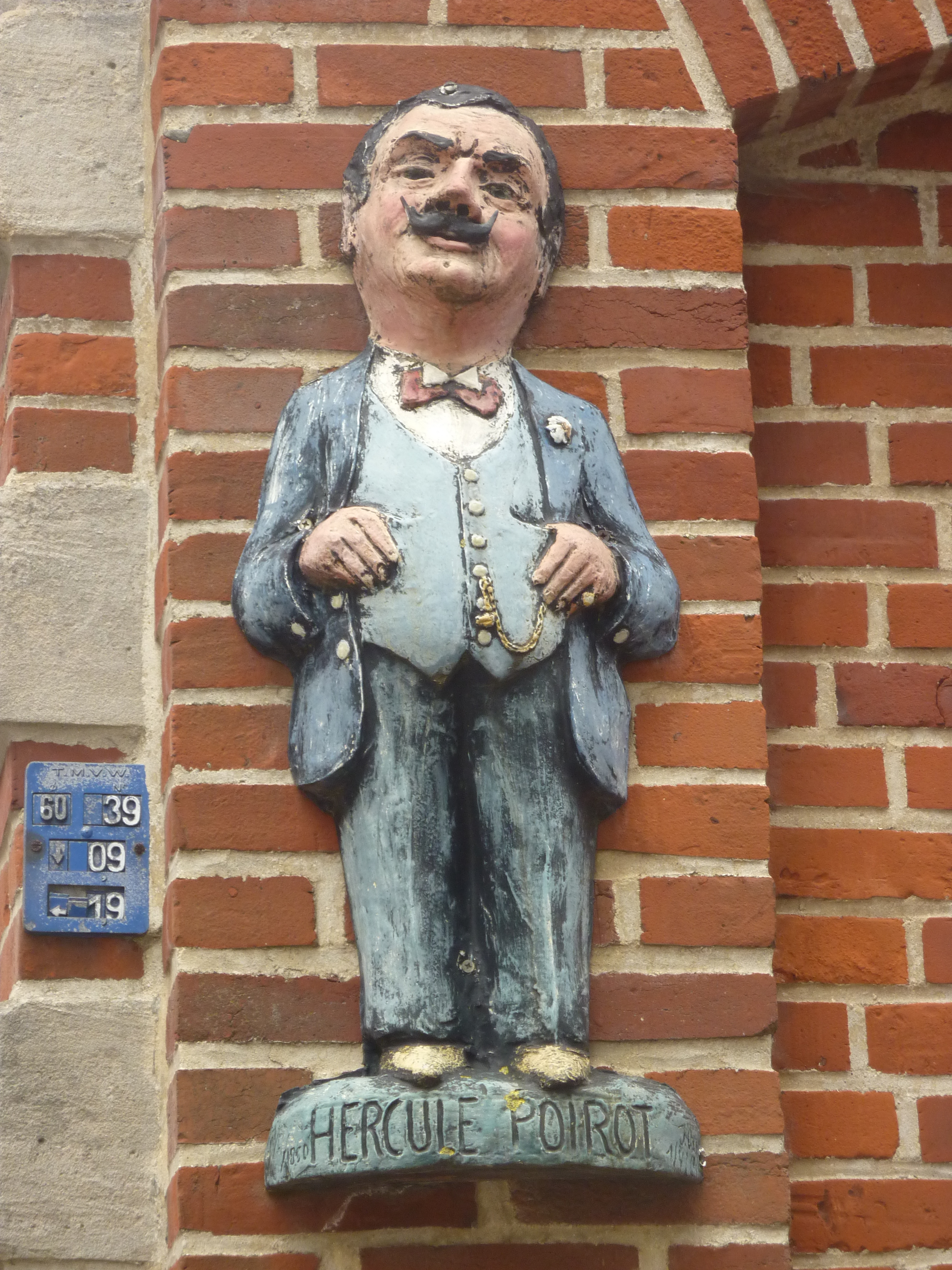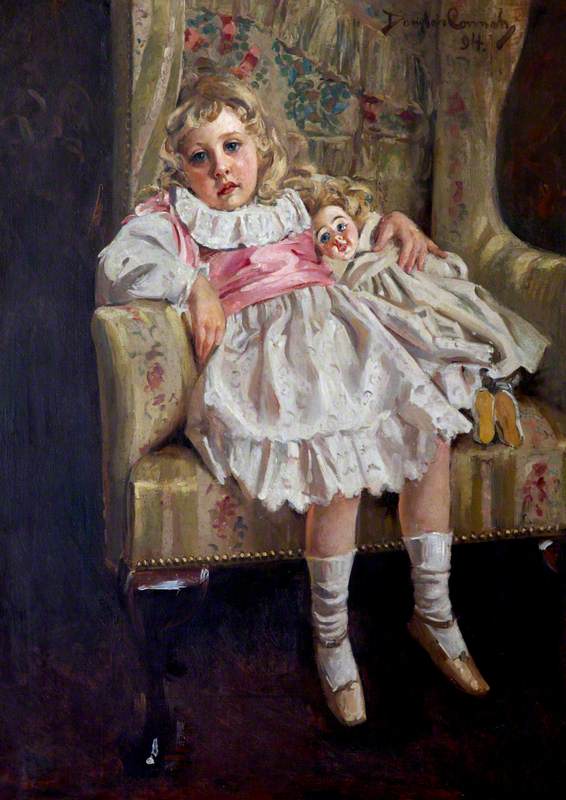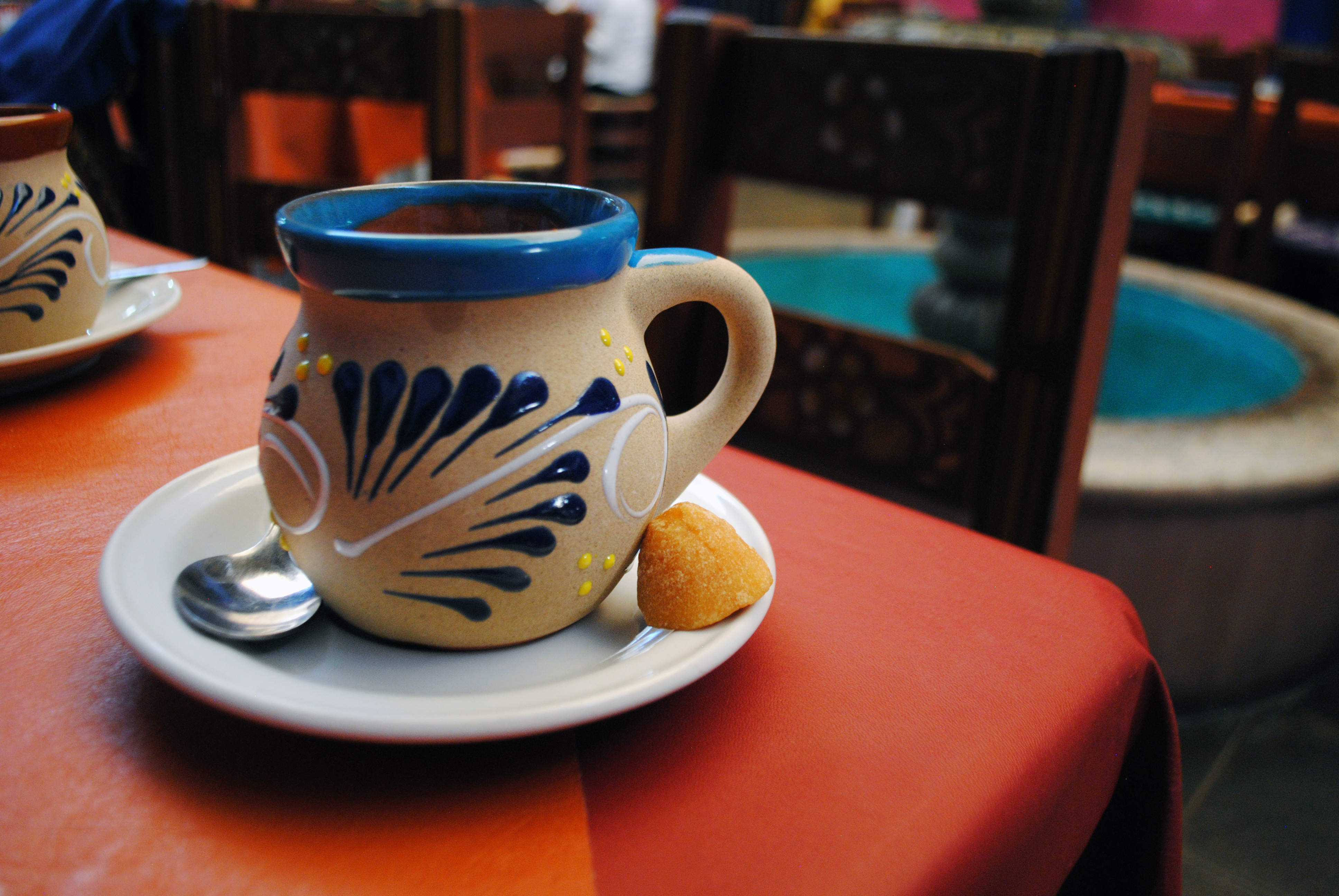|
Sugar Cutter
Sugar nips are a large pair of pincers with sharp blades, designed to cut sugar from a block. Before the introduction of granulated and cube sugars in the second half of the 19th century, the domestic consumer purchased sugar in the form of a sugarloaf, or at least a part of one, and pieces were cut from it by hand using sugar nips. Greater leverage and improved safety was provided by heavier sugar nips set in a wooden base for counter- and table-top use. There was also an all-in-one version; a box that could serve as container for the sugarloaf with built-in pliers and collector drawer for fine-grained residues from the sugar cutting. In popular culture A pair of sugar nips are the murder weapon in '' Mrs McGinty's Dead'', a Hercule Poirot mystery by Agatha Christie. See also * Panela References Sugar nips Sugar nips are a large pair of pincers with sharp blades, designed to cut sugar from a block. Before the introduction of granulated and cube sugars in the second ... [...More Info...] [...Related Items...] OR: [Wikipedia] [Google] [Baidu] |
Sugarloaf Box - Open
A sugarloaf was the usual form in which refined sugar was produced and sold until the late 19th century, when granulated and cube sugars were introduced. A tall cone with a rounded top was the end product of a process in which dark molasses, a rich raw sugar that was imported from sugar-growing regions such as the Caribbean and Brazil, was refined into white sugar. History The earliest record to date appears to be 12th century in Jordan, though reference to a cone of sugar is found in al-Zubayr ibn Bakkar's 9th century Arabic ''Al-Akhbar al-Muwaffaqiyyat.'' In Europe, they were made in Italy from 1470, Belgium 1508, England 1544, Holland 1566, Germany 1573 and France 1613. When refining from sugar beet began in mainland Europe in 1799, loaves were produced in the same way. Until the mid-19th century, the British government used a system of punitive taxes to make it impossible for its colonial producers in the Caribbean to refine their own sugar and supply Britain with finishe ... [...More Info...] [...Related Items...] OR: [Wikipedia] [Google] [Baidu] |
Pincers (tool)
Pincers are a hand tool used in many situations where a mechanical advantage is required to pinch, cut or pull an object. Pincers are first-class levers, but differ from pliers in that the concentration of force is either to a point, or to an edge perpendicular to the length of the tool. This allows pincers to be brought close to a surface, which is often required when working with nails. Pincers are primarily used for removing objects (typically nails) out of a material that they have been previously applied to. Carpenter's pincers are particularly suited to these tasks. If the pincers have perpendicular cutting edges, the pincers are often called end-nippers or end-cutters. Pincers, often red-hot, have also been used as an instrument of torture since ancient Roman times or earlier. Pliers are a similar tool with a different type of head used for squeezing, rather than cutting and pulling. See also * Chela (organ) * Pincer (biology) A pincer is the part of an arthropod ... [...More Info...] [...Related Items...] OR: [Wikipedia] [Google] [Baidu] |
Sugarloaf
A sugarloaf was the usual form in which refined sugar was produced and sold until the late 19th century, when granulated and cube sugars were introduced. A tall cone with a rounded top was the end product of a process in which dark molasses, a rich raw sugar that was imported from sugar-growing regions such as the Caribbean and Brazil, was refined into white sugar. History The earliest record to date appears to be 12th century in Jordan, though reference to a cone of sugar is found in al-Zubayr ibn Bakkar's 9th century Arabic ''Al-Akhbar al-Muwaffaqiyyat.'' In Europe, they were made in Italy from 1470, Belgium 1508, England 1544, Holland 1566, Germany 1573 and France 1613. When refining from sugar beet began in mainland Europe in 1799, loaves were produced in the same way. Until the mid-19th century, the British government used a system of punitive taxes to make it impossible for its colonial producers in the Caribbean to refine their own sugar and supply Britain with finishe ... [...More Info...] [...Related Items...] OR: [Wikipedia] [Google] [Baidu] |
Mrs McGinty's Dead
''Mrs McGinty's Dead'' is a work of detective fiction by British writer Agatha Christie, first published in the US by Dodd, Mead and Company in February 1952 and in the UK by the Collins Crime Club on 3 March the same year.Chris Peers, Ralph Spurrier and Jamie Sturgeon. ''Collins Crime Club – A checklist of First Editions''. Dragonby Press (Second Edition) March 1999 (Page 15) The US edition retailed at $2.50 and the UK edition nine shillings and sixpence (9/6). The Detective Book Club issued an edition, also in 1952, as ''Blood Will Tell''. The novel features the characters Hercule Poirot and Ariadne Oliver. The story is a "village mystery", a subgenre of whodunit which Christie usually reserved for Miss Marple. The novel is notable for its wit and comic detail, something that had been little in evidence in the Poirot novels of the 1930s and 1940s. Poirot's misery in the run-down guesthouse, and Mrs Oliver's observations on the life of a detective novelist, provide co ... [...More Info...] [...Related Items...] OR: [Wikipedia] [Google] [Baidu] |
Hercule Poirot
Hercule Poirot (, ) is a fictional Belgian detective created by British writer Agatha Christie. Poirot is one of Christie's most famous and long-running characters, appearing in 33 novels, two plays ('' Black Coffee'' and ''Alibi''), and more than 50 short stories published between 1920 and 1975. Poirot has been portrayed on radio, in film and on television by various actors, including Austin Trevor, John Moffatt, Albert Finney, Peter Ustinov, Ian Holm, Tony Randall, Alfred Molina, Orson Welles, David Suchet, Kenneth Branagh, and John Malkovich. Overview Influences Poirot's name was derived from two other fictional detectives of the time: Marie Belloc Lowndes' Hercule Popeau and Frank Howel Evans' Monsieur Poiret, a retired French police officer living in London. Evans' Jules Poiret "was small and rather heavyset, hardly more than five feet, but moved with his head held high. The most remarkable features of his head were the stiff military moustache. His apparel was ... [...More Info...] [...Related Items...] OR: [Wikipedia] [Google] [Baidu] |
Agatha Christie
Dame Agatha Mary Clarissa Christie, Lady Mallowan, (; 15 September 1890 – 12 January 1976) was an English writer known for her 66 detective novels and 14 short story collections, particularly those revolving around fictional detectives Hercule Poirot and Miss Marple. She also wrote the world's longest-running play, the murder mystery ''The Mousetrap'', which has been performed in the West End since 1952. A writer during the "Golden Age of Detective Fiction", Christie has been called the "Queen of Crime". She also wrote six novels under the pseudonym Mary Westmacott. In 1971, she was made a Dame (DBE) by Queen Elizabeth II for her contributions to literature. ''Guinness World Records'' lists Christie as the best-selling fiction writer of all time, her novels having sold more than two billion copies. Christie was born into a wealthy upper middle class family in Torquay, Devon, and was largely home-schooled. She was initially an unsuccessful writer with six co ... [...More Info...] [...Related Items...] OR: [Wikipedia] [Google] [Baidu] |
Panela
Panela () or rapadura (Portuguese pronunciation: ) is an unrefined whole cane sugar, typical of Central and Latin America. It is a solid form of sucrose derived from the boiling and evaporation of sugarcane juice. Panela is known by other names in Latin America, such as ''chancaca'' in Chile, Bolivia, and Peru, ''piloncillo'' in Mexico (where ''panela'' refers to a type of cheese, ''queso panela''). The name ''piloncillo'' means "little loaf", because of the traditional shape in which this smoky, caramelly, and earthy sugar is produced. Just like brown sugar, two varieties of ''piloncillo'' are available; one is lighter (''blanco'') and one darker (''oscuro''). Unrefined, it is commonly used in Mexico, where it has been around for at least 500 years. Made from crushed sugar cane, the juice is collected, boiled, and poured into molds, where it hardens into blocks. Elsewhere in the world, the word ''jaggery'' describes a similar foodstuff. Both are considered non-centrifugal can ... [...More Info...] [...Related Items...] OR: [Wikipedia] [Google] [Baidu] |
Sugar
Sugar is the generic name for sweet-tasting, soluble carbohydrates, many of which are used in food. Simple sugars, also called monosaccharides, include glucose, fructose, and galactose. Compound sugars, also called disaccharides or double sugars, are molecules made of two bonded monosaccharides; common examples are sucrose (glucose + fructose), lactose (glucose + galactose), and maltose (two molecules of glucose). White sugar is a refined form of sucrose. In the body, compound sugars are hydrolysed into simple sugars. Longer chains of monosaccharides (>2) are not regarded as sugars, and are called oligosaccharides or polysaccharides. Starch is a glucose polymer found in plants, the most abundant source of energy in human food. Some other chemical substances, such as glycerol and sugar alcohols, may have a sweet taste, but are not classified as sugar. Sugars are found in the tissues of most plants. Honey and fruits are abundant natural sources of simple sugars. Suc ... [...More Info...] [...Related Items...] OR: [Wikipedia] [Google] [Baidu] |





